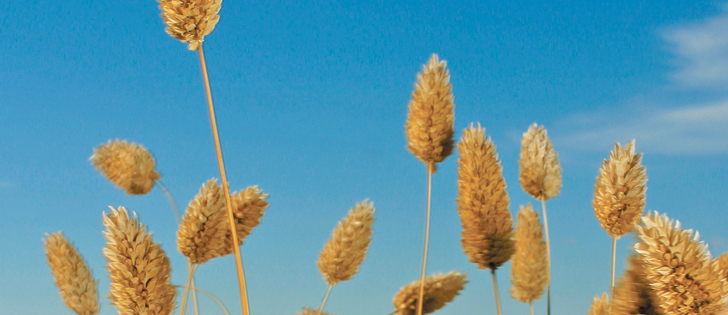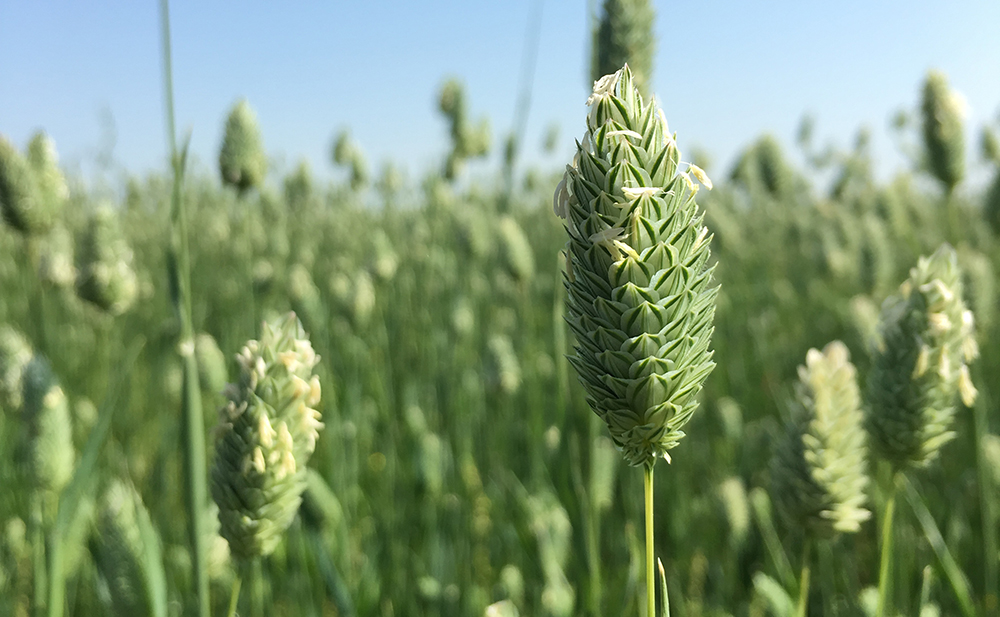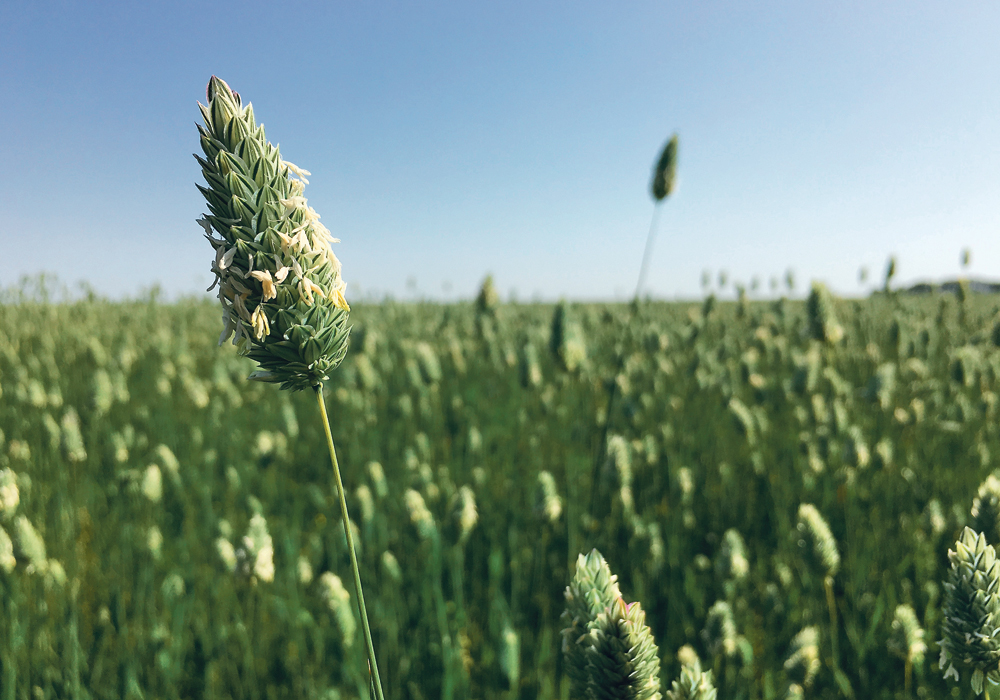The canaryseed market outlook can be summed up in one word — blah.
Exports have been lacklustre, supply is much bigger than the official numbers suggest and the price outlook is dismal, say analysts.
David Nobbs, managing partner of CanPulse Foods, doesn’t see prices improving from today’s values of 20 cents per pound delivered and 19 cents for new crop.
“Some people are saying, ‘when you get to 25 cents, give us a call.’ It just doesn’t feel that is even remotely in the pipeline,” he said.
Read Also

Critical growing season is ahead for soybeans
What the weather turns out to be in the United States is going to have a significant impact on Canadian producers’ prices
Part of the problem is the chronic under-reporting of supply by Statistics Canada.
“The issue is the hidden inventory,” said Nobbs.
Statistics Canada reports 5,000 tonnes of carryout from the 2015-16 crop. CanPulse was sitting on 4,000 tonnes of carryout itself.
Nobbs believes the real number is closer to 75,000 tonnes.
The production estimate is also low. Statistics Canada says growers harvested 120,000 tonnes of the crop last year based on average yields of 1,320 pounds per acre or 26.4 bu. an acre. Nobbs believes the real number is around 150,000 tonnes.
That would put total supply at 225,000 tonnes, which is 100,000 tonnes higher than Statistics Canada’s supply estimate.
“That’s why the market is grindy,” he said.
The disappointing export program is also weighing down prices, said Marlene Boersch, managing partner of Mercantile Consulting Venture.
Exporters shipped 66,548 tonnes of canaryseed for the first half of the 2016-17 campaign, 12 percent below the previous year’s pace.
“They’re not big export numbers anymore, nothing to write home about,” she said.
Nobbs expects 130,000 to 140,000 tonnes of exports for the year, well below the 150,000 to 160,000 tonnes that would be shipped in a good year.
Mexican buyers are reluctant to build inventories because of the country’s weakening currency compared to the U.S. dollar, so it’s hand-to-mouth buying. Grower prices would have to drop to 18 cents a lb. to stimulate demand, he said.
Nobbs expects canaryseed acres to increase despite the grim price outlook for the crop. He said Statistics Canada’s yield estimate is too low. There were plenty of 40 bu. per acre crops harvested last year, and that produces a good return.
He sees a 10 to 20 percent bump in acres and another 150,000 tonnes of production.
Boersch doesn’t know what to think about canaryseed seeded area this spring.
“I’ve been told by the likes of AgriTrend that they see a lot of interest in canaryseed,” she said.
“I’m not so convinced. That’s why I’m wishy-washy on it.”
AgriTrend expects a 30 percent increase to 338,000 acres. Boersch believes acres will rise because farmers are looking to grow a cereal crop that won’t be devastated by fusarium, but she doubts the increase will be that large.

















